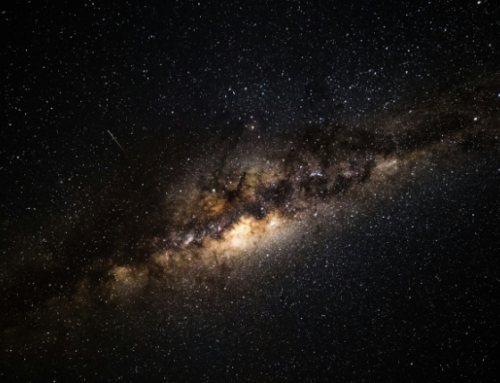As most of us remained quarantined at home during the COVID-19 pandemic, now is a good time to focus on exploring new hobbies and passions. If you’re curious about space exploration, NASA hosts a series of remote learning opportunities for both kids and adults that highlights topics from astronomy to spaceflight.
Whether you dream of becoming an astronaut, want to learn more about the cosmos or wish to assist NASA in open source space exploration, there’s a lot of accessible activities that can help us explore the great expanse above as we’re stuck indoors.
Observation Hours
One of the most practical ways to spend time investing in space exploration is through easy-to-use guides that ostensibly act as a map to the stars. Spot the Station, for instance, is a tracking tool that allows users to search for space stations from any point on Earth and determine when, where and how you can find the International Space Station as it passes through the sky. Email or text message notifications that identify the ISS with a star or planet slowly passing by allow users to know when it’s visible outside.
Stargazing also offers opportunities to learn about our own galaxy, even from a safe social distance. Free online resources can help educate star watchers on how to find planets and constellations — and when to find them. For example, you can spot Venus in the evening while Jupiter, Mars and Saturn are visible at dawn. NASA offers a guide “What’s Up: Skywatching Tips from NASA” that features skywatching events, sky maps and more astronomy information.
Become a Contributor at NASA
NASA is known for using open sourcing and other collaborative projects to achieve new insights on their innovations and projects. Explore Opportunities on NASA’s website lets citizen scientists and engineers submit ideas that could be used for future space missions. On the website’s main page, you can find ways to participate in current projects, which include making requests for the Juno spacecraft JunoCam at Jupiter or inventing a sensor for a potential Venus rover. Students can participate in challenging projects related to NASA’s Artemis moon mission, which is slated to blast off in 2024.
STEM Activities
Since STEM is a vast field, it can be difficult to know where to begin learning about space. Thankfully, there are activity-based learning resources to help engage in these interdisciplinary areas. Among the other available resources from NASA, the Jet Propulsion Laboratory’s “teachable moments” for students offers tools from Pi Day discussions, planetary transits and retrospectives on space events like the Apollo program. The program’s Explore NASA STEM offers home activities for K-12 students with pages that allow students to work independently and other pages where they can interact with teachers and parents who seek activities for their children. The kindergarten through 4th-grade pages provides activities that teach about airplanes, weather and climate, stars, Earth and the International Space Station.
Another great resource worth looking into is from The Space Foundation, who have partnered with the makers of “Peanuts” to create downloadable Snoopy-themed lesson plans for K-8 students. Project instructions that use commonly available materials, Snoopy is a guide that teaches students about constellations, rocketry, space suits, microgravity, and the missions in the Apollo Program. These lesson plans integrate mathematics, Earth and space sciences so students can help develop their problem-solving skills, perform investigations, construct arguments and explanations and information literacy.
NASA also helped produce an animated kids’ TV series, Space Racers. The series has released free, educational content for students during the coronavirus pandemic. They offer free episodes and activities featuring educational science, engineering, technology, art and mathematics with educator-approved lesson plans to download.
Apps
For many adults and parents who want to help their children stay informed and engaged as they learn about space and other STEAM-related subjects, apps are always useful. Chief among them, the lunar and planetARy app, created by the Lunar and Planetary Institute (LPI), lets smartphone users explore planets and moons — and even other solar system objects through augmented reality. Users can work the app by pointing their smartphone camera at one of six graphics to view 3D global maps of planetary objects like the moon, Mars, Pluto, Europa (Jupiter’s moon), among many others. The app is free for download on major app platforms.
Always on top of trends, NASA’s Spacecraft AR allows users to explore the agency’s many spacecraft through augmented reality. Developed by NASA’s Jet propulsion lab in partnership with Google, it uses virtual 3-D models of NASA’s robotic space explorers into any environment with a flat surface. Users can also swipe to view missions that observe and explore Earth, Mars and more. Features also include photos sharing directly from the app and information boxes about each mission.
While many feel stuck due to quarantine, these tools may help provide a sense of adventure and enthusiasm for the industry. The more actively we learn about the world around and above us, the better we can establish a sense of knowledge, curiosity and engagement that can resonate with our communities and future generations — and those are a few of several qualities that we’ll need as we explore the cosmos.






